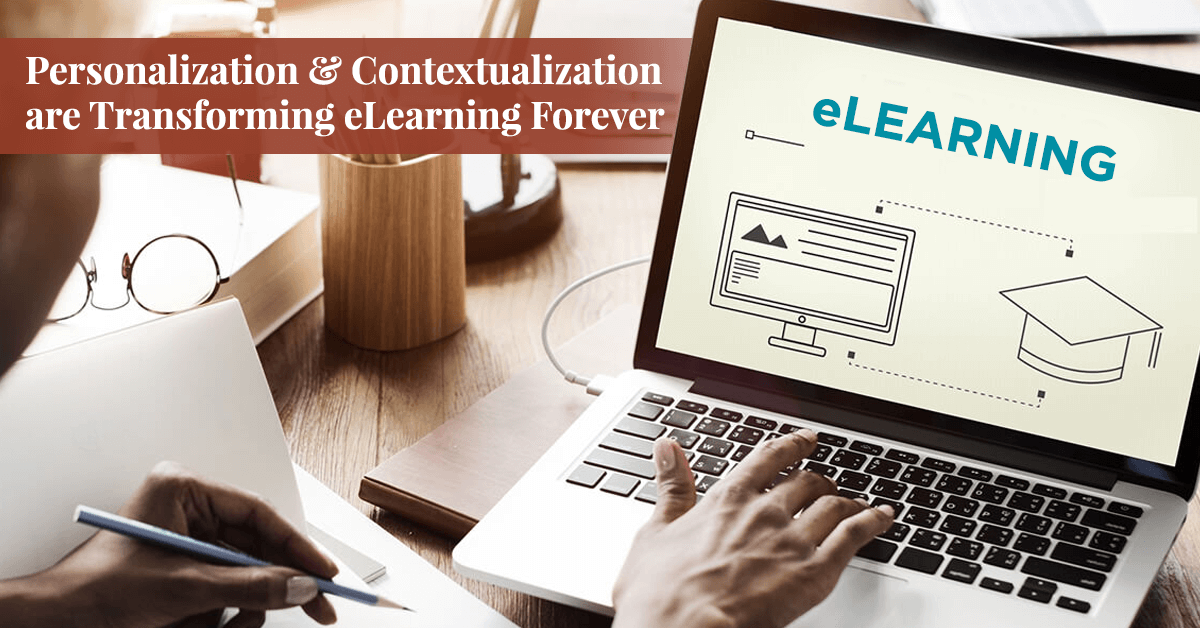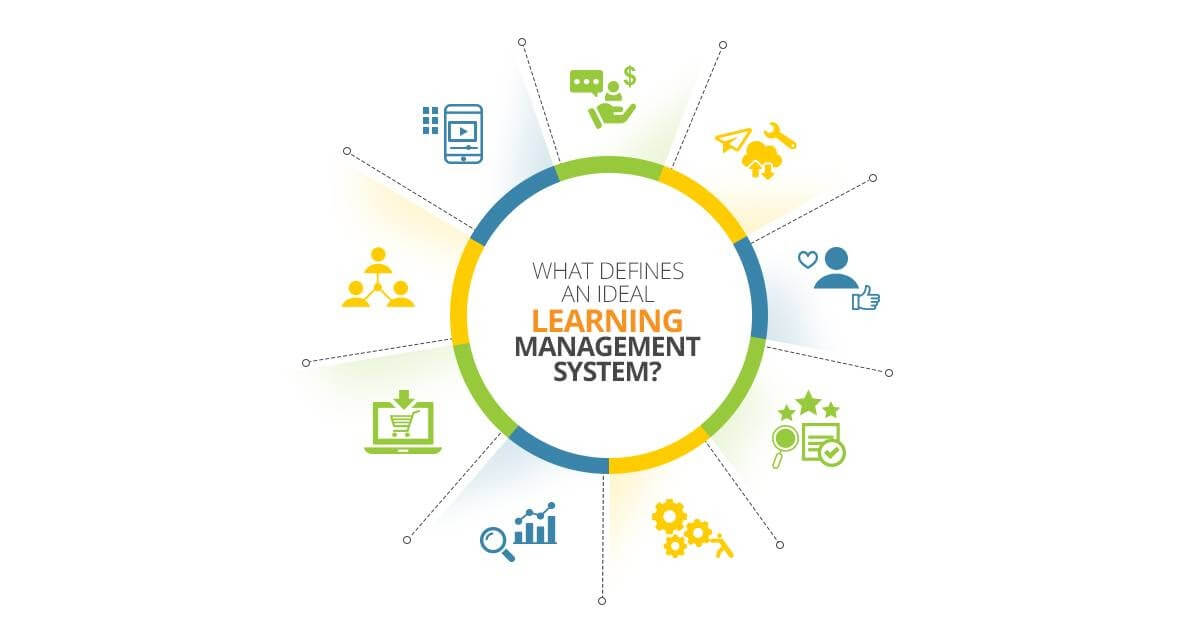
Recent developments in digital publishing have opened new opportunities to the companies actively relying on eLearning to support their staff, enabling them to create more customized and personalized content. Thanks to rich audience data, these companies can incorporate content elements that their audiences demand, thus making an instant connect with them.
Personalization in eLearning solutions focuses on the delivery of content that is tuned to each individual’s level of learning. Content dished out to every learner needs to meet their personal knowledge gaps based on assessment outcomes. The system would also identify and direct individual seekers of interactive digital solutions to what they may require to know before their knowledge level is enough to explore it on their own.
Learners Get Control of Their Own Learning

All the talking around personalization in online digital publishing is about putting individuals in control of their own learning. You may be already aware how it works on sites like Google and YouTube. When you search on these websites, the algorithm will figure out your preferences in the previous searches and display searches accordingly. Search results will always be different for two individuals.
Suppose Elizabeth and Mary are searching on YouTube for food in Paris. Elizabeth prefers non-veg, while Mary is strictly vegetarian. Based on their previous searches, algorithm is likely to find this out and display videos that cater to their preferences.
Data capture and customer analytics hold immense value for top-notch sites like Google, Facebook, YouTube, Facebook, Netflix, etc. Thanks to the info their algorithms receive and process, they are able to provide customers better answers to their queries.
Most readers today rely on their mobile phones for content consumption. Whether they are corporate users of eLearning content or students pursuing a course, they expect an interactive system. Technology has enabled the learners to pull the content they need from the pool of information at the time of their choice. This has shifted control of the whole process from the training departments to the learners.
Passive Personalization vs Active Personalization
According to Mark Weiss from Digiday Research, 84% of publishers into interactive digital solutions and eLearning systems opt for passive personalization for their users rather than active personalization. 50% of companies who are currently not personalizing content have the plans to do so. They don’t want to get caught napping when most of their competitors have roped in technology. No one wants to be left behind when there is competition for every single inch of space.
Passive personalization in online digital publishing customizes content based on readers’ location or browsing history, while active personalization allows users to choose the kind of content they want to consume.
Some people take this scenario as the choice between content and technology. It is nothing like that. Building user experience is something engineers would do, while editorial’s job is to create content that the users have been expecting.
Development Process of eLearning Systems
The organization imparting eLearning needs to pinpoint the specific content that will assist employees’ learning. They should be capable of predicting individual learner requirements. Moreover, companies will have to curate information that the seekers of eLearning content may be seeking and conceive an index of knowledge assets. Once the information is compiled and defined, it can be accessed by the learner via a search and find, or be directly delivered to them.
The knowledge base needs to be reviewed and reorganized periodically so that it is always updated. The organization also has to put in place a culture and infrastructure to support the content. Recognizing the transformation from push to pull learning, they will have to work with learners to comprehend their collective and individual requirements.
Role of Learner Analytics

Learner Analytics deploys analytical tools to congregate information that would be later used to improve learning material and its delivery. People in IT will work closely with the executives in learning and development. The information collected will include the learners’ queries, their interaction in learning communities and on social media, their online activities related to information, etc.
Use of API to Collect Data from Outside Learning Management System (LMS)
Corporates can use APIs (application programming interfaces) to collect information from outside their internal learning management systems. There are APIs that will let you assemble data from any device in any environment. The API would identify the individual who completed the actions and the way they completed it. The efficiency of the API will help immensely in keeping eLearning content development on track.
Contextualization: The Next Step
A step ahead of personalization, contextualization is about putting context around content so that learners get the exact information they expect to find. A system attuned to location-based learning will support contextualized content delivery. Content delivered on a mobile device will be catering to the specific needs of the user, taking into account their current location.
Use of Augmented Reality Learning to Conceptualize Content
Augmented Reality (AR) is a technology-infused enhanced version of reality to overlay digital information on images of real-world objects captured through devices such as a smartphone camera. When AR is used to contextualize content, users are able to find context-specific information with hand-held devices.
Limits of the LMSs
LMSs are more about managing learning than about the learning itself. These systems would facilitate pushing of content, courses, and schedules, and tracking of learner registration and course completion. However, they are designed to assist the learning department, not the learners themselves.
LMSs need to be redesigned to change the way they capture and track learning learner-specific. Companies need to determine how to tag content and track learner activity to deliver personalized content.
Advent of Adaptive Learning Programs
More and more companies are now recognizing the relevance of adaptive learning. They are now putting in their resources to develop adaptive learning programs that would cater to individual learner needs by drawing learning paths based on assessment outcomes of learners.
Conclusion
Companies today need to devise a system that supports personalized learning through data collection of learner analytics and adaptive learning. They need to collaborate with learners to identify knowledge gaps and deliver personalized and contextualized content based on assessment results.
Personalized learning is fast becoming the norm in the industry. You need to gear up now so that you aren’t left behind.
Partner With SunTec Digital For Personalization and Contextualization
Outsource personalization and contextualization of eLearning content to SunTec Digital and let the experts handle all aspects of these cutting edge technologies.
If you have questions regarding these technologies; get detailed answers from our experts; just drop an email to info@suntecdigital.com.

 info@suntecdigital.com
info@suntecdigital.com